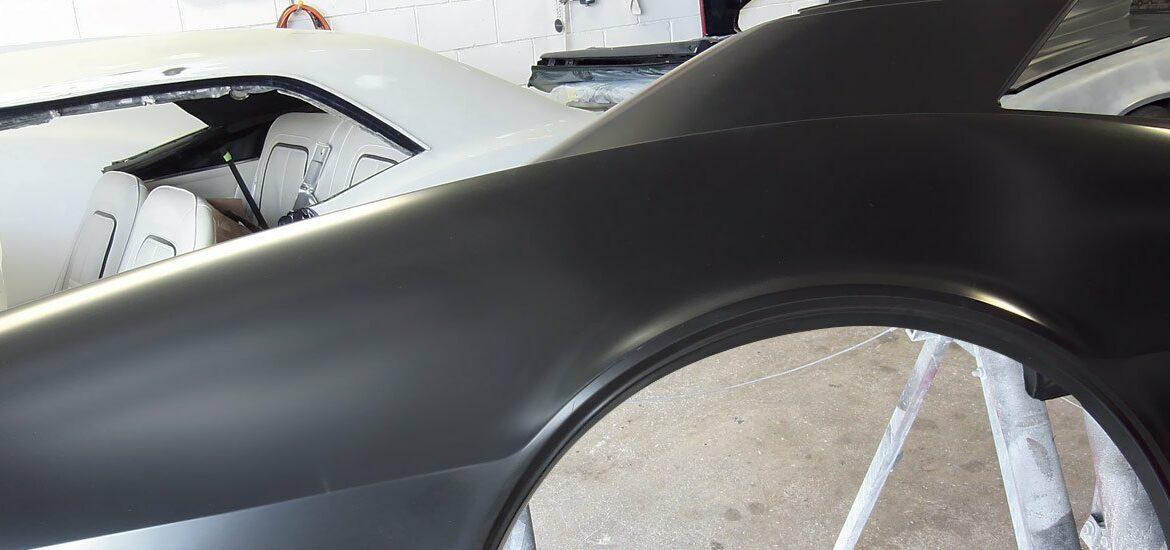With the major changes that have happened in car repair over the past few years, a body shop should never replace your damaged quarter panel with a used “aftermarket” quarter panel. And yet, many auto body shops still do, putting you at high risk for getting involved in another accident. Why is this? We’re here to tell New Jersey drivers why we advise against used quarter panels in collision repair.
Simply put, many repair technicians will repair your vehicle out of “experience.” They’ll often cut corners in the repair process, trying to save time and money because of deadlines Insurance companies give them. But when this happens, your safety is not the only thing at risk. The advanced safety features your car is equipped with might not even perform their designated functions. And by “might,” they won’t work at all. Thus, making you an open target on the road.
According to Vehicle Collision Experts CEO Mark Olson, “how the OEM built the vehicle and how you fix it might not be the same, and a repairer can’t assume that duplicating what they saw on the vehicle will work.” A technician can never assume in the repair process, and yet, many do. They think a fast “fix” is all that matters, but there’s a catch. Technicians who repair a car without consulting the manufacturer’s procedure pages are essentially only putting a bandaid on the repair. However, these OEM repair procedures laid out by the manufacturer are there for a reason, which is to keep you safe on the road.
Approaching Repair On Quarter Panels
Let’s take, as an example, repairs for quarter panels. The Original Equipment Manufacturer (OEM for short) of your vehicle has specific repair requirements for technicians to follow. Your car’s manufacturer assumes a technician would be using an entirely new panel, not a used one with existing weld nuggets from the car it was removed from. Approaching this type of repair on quarter panels, a technician needs to go through the following checklist:
- What’s it made of?
- What’s it attached to?
- Sectioning location?
- Attachment methods (such as remove and replace)?
- How do you remove the panel?
- Supporting materials?
- Required tooling and equipment?
The Controversy Behind Quarter Panel Repairs
So what exactly is the commotion surrounding used quarter panel repairs? For one, the IIHS constitutes this type of repairs as cosmetic. However, quarter panels are vital to the overall structural integrity of your vehicle. Also, cars that are made out of metals beyond steel will often require welding (i.e., heat). If technicians replace the quarter panel on your car with a used quarter panel, the plug weld will be too big.
Olson also stated, “any holes drilled in a used quarter panel might be 10 mm, perhaps 10.5 after deburring. As the OEM wants only 8 mm plug welds, it’s officially impossible to deliver the repair with a used quarter panel.”
When it comes to collision repair, bigger welds are not the way to go. Some technicians will argue, “when this thing gets hit, it’ll never break.” However, it’s not about that. It’s about repairing the vehicle exactly how the OEM said to do it.
Used quarter panels have been tempered with or heated multiple times in the welding process, more than you’d ever see on a new quarter panel. It doesn’t take a well-trained technician to see used quarter panels can’t provide the same level of safety a new quarter panel would.
Other Reasons Why Used Quarter Panels Won’t Work
As you’ll find in Repairer Driven News, a second reason why used quarter panels wouldn’t work is because of the inability to follow OEM repair procedures. Repairer Driven News also stated, “…the idea of producing holes (such as spot welds on a quarter panel) outside of OEM tolerances also means the repair would be a nonstarter.”
“Work hardening” is another reason why we highly advise against the use of used quarter panels in a repair. What this means is some quarter panels are installed with rolled hem flanges that have eventually been work-hardened. This happens when the metal is unrolled and rerolled to the point where it can’t be rolled back out. It’s like twisting a paper clip over and over until eventually, it weakens, and the metal clip is destroyed. This the process of work hardening on used quarter panels.
To learn more about what’s wrong with used quarter panels, check out the video below from Collision Hub that goes in-depth about these repairs.
Who In New Jersey Knows How To Perform Quarter Panel Repair The Right Way?
We at Cherry Hill Collision know you have many choices on where to take your car to be repaired in New Jersey. We hear many stories of drivers who have received bad collision repair, especially when it comes to used quarter panels repair. We want to help make it right and show you how car repair should be done.
We feel that we are truly the best because are committed to giving you the highest quality of repair out there. All of our technicians are up to date on the latest OEM repair procedures and have received extensive training. You will never be left in the dark throughout the repair process. Once you get your car back, it will be looking, running, and operating as if it was brand new!
Let us help you with your auto repair process! We can be reached at (856)-663-0500. If you’d like to schedule an appointment or to get an online quote, click here to get started!
We look forward to hearing from you and helping you with any of your auto repair needs!


